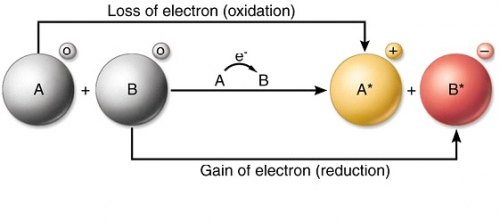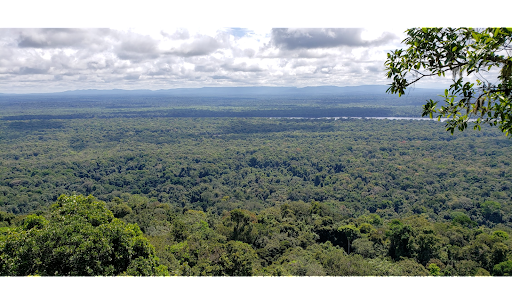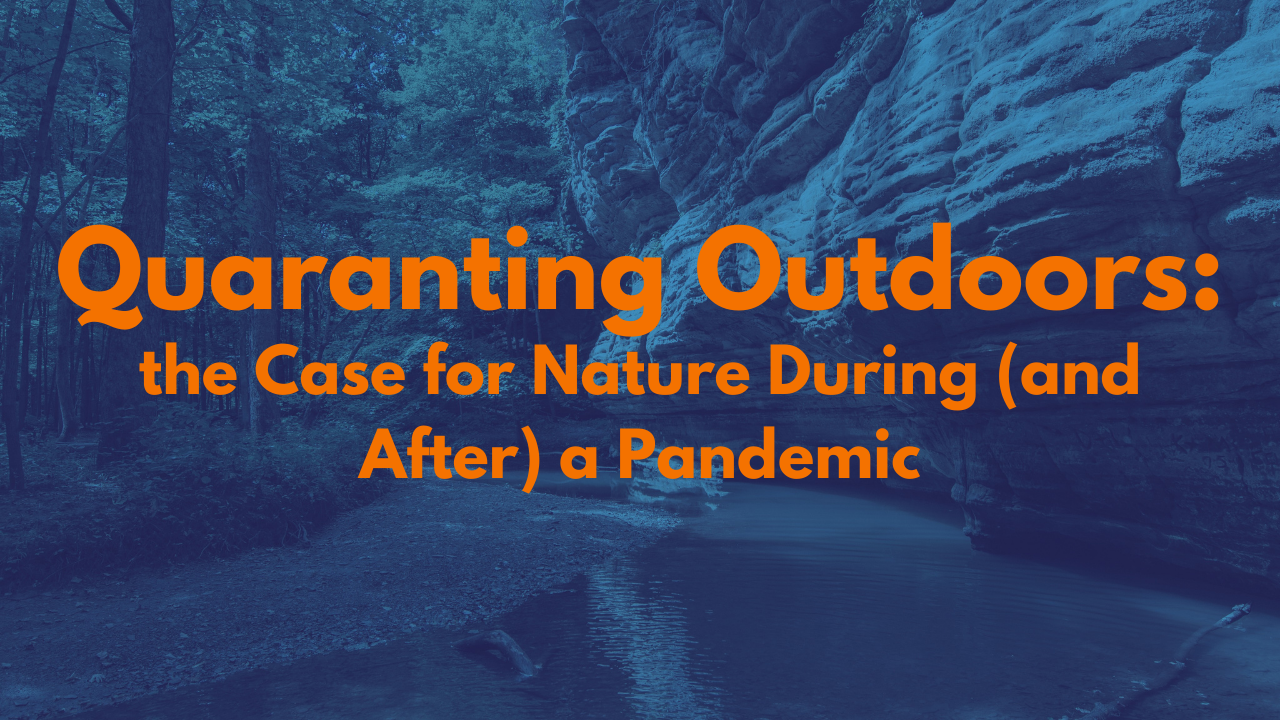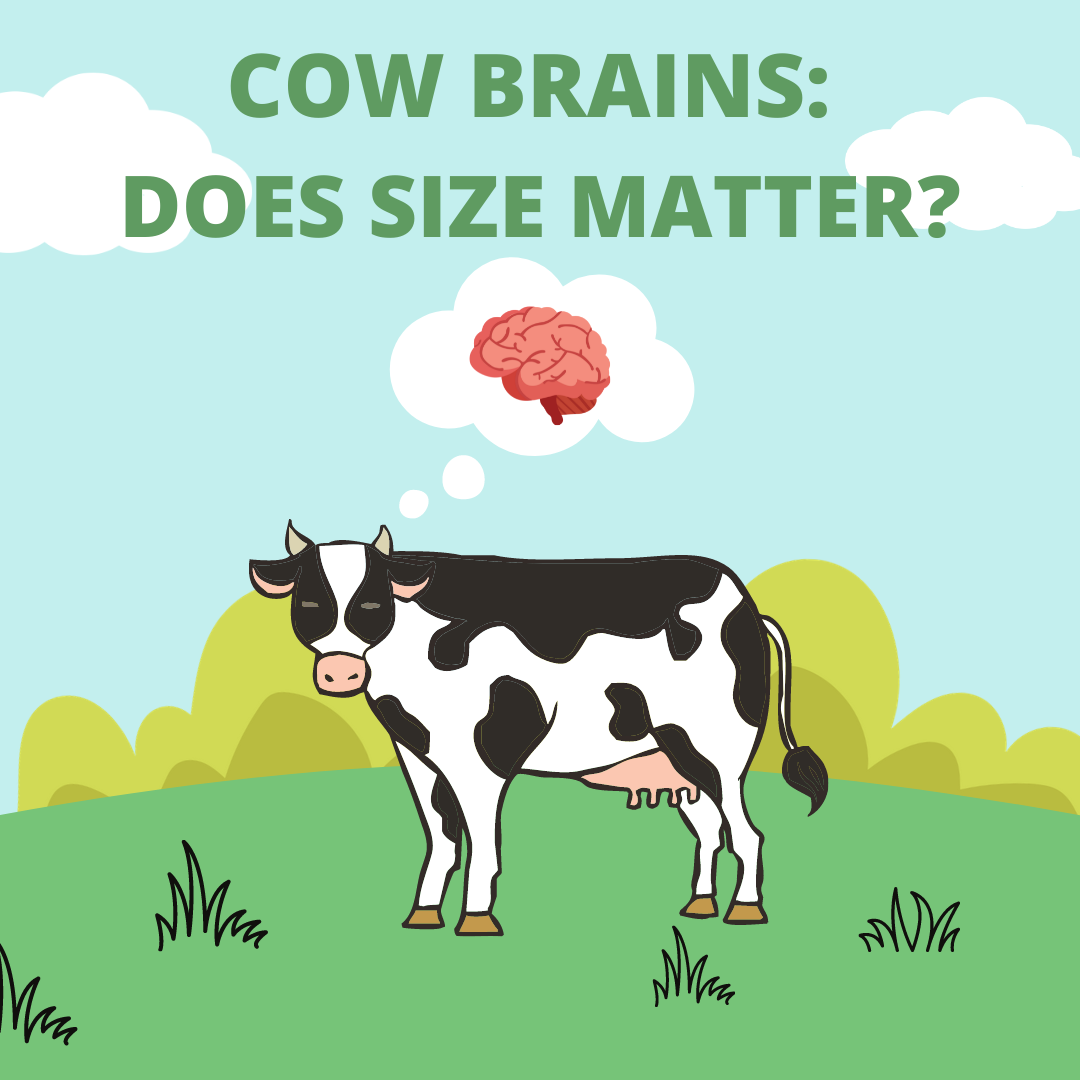COVID Vaccines: The How, What, & Why of Production
By Rowan Obach, C2ST Intern, Loyola University
As the US continues to offer vaccinations across the country, many people remain skeptical. But why? According to the American Psychiatric Association, many individuals want to get the vaccine but are bombarded by misinformation and complicated science articles. This is being combatted by the VACCINES Act; a federally funded national messaging campaign to improve vaccination rates. Vaccines are a complicated mechanism, but by breaking them down and explaining them, we can all help remove the fear from COVID vaccinations. Continue reading “COVID Vaccines: The How, What, & Why of Production”




